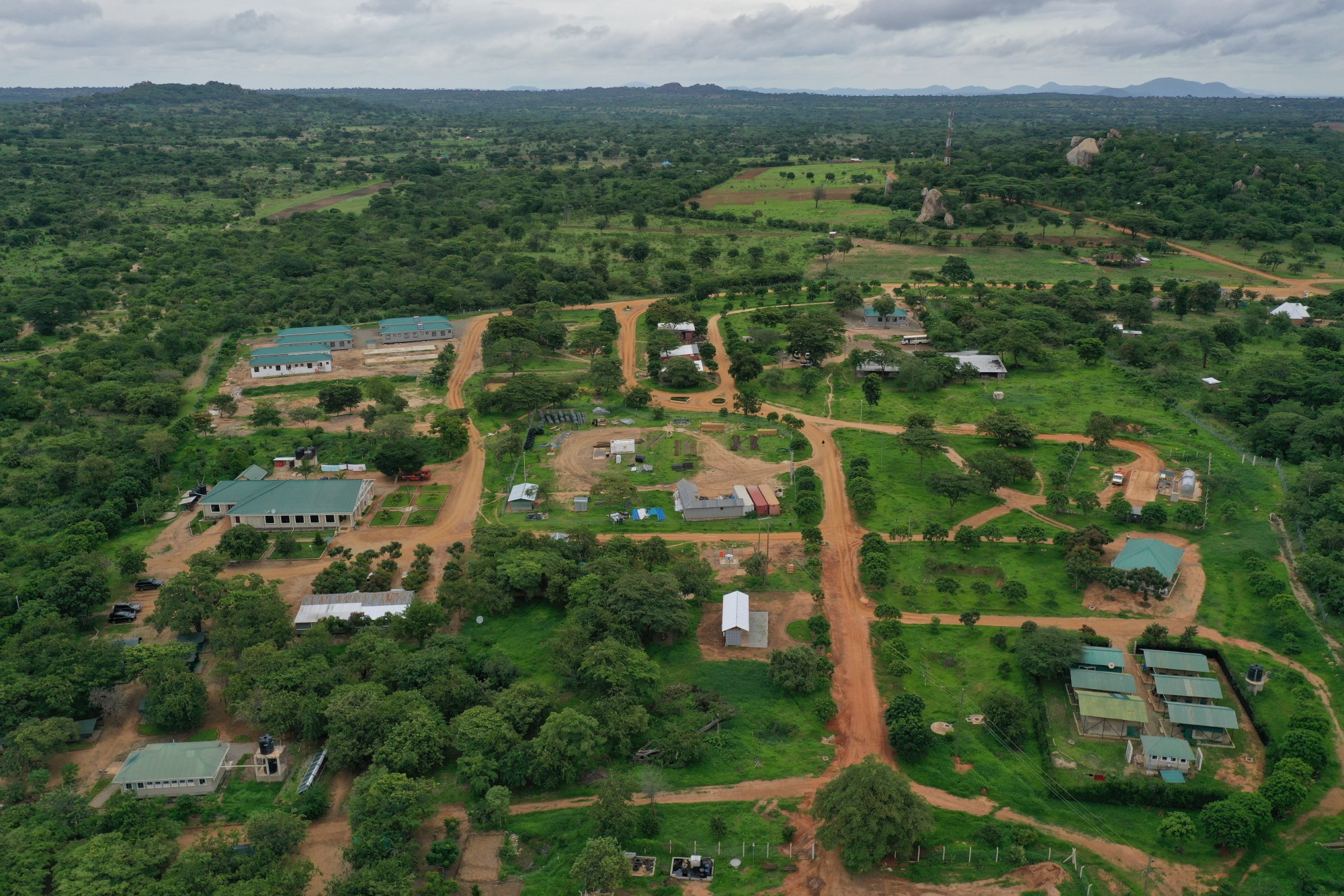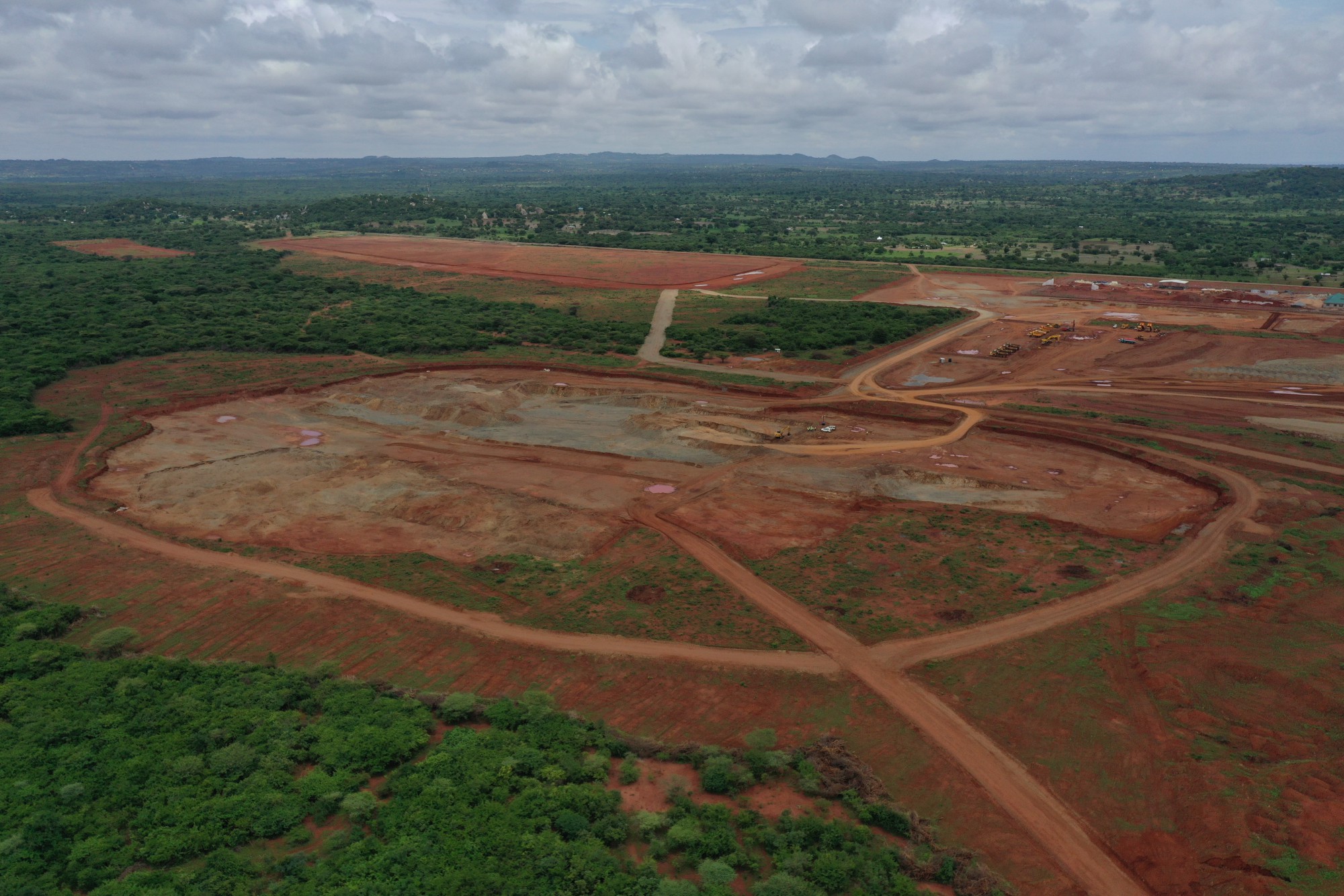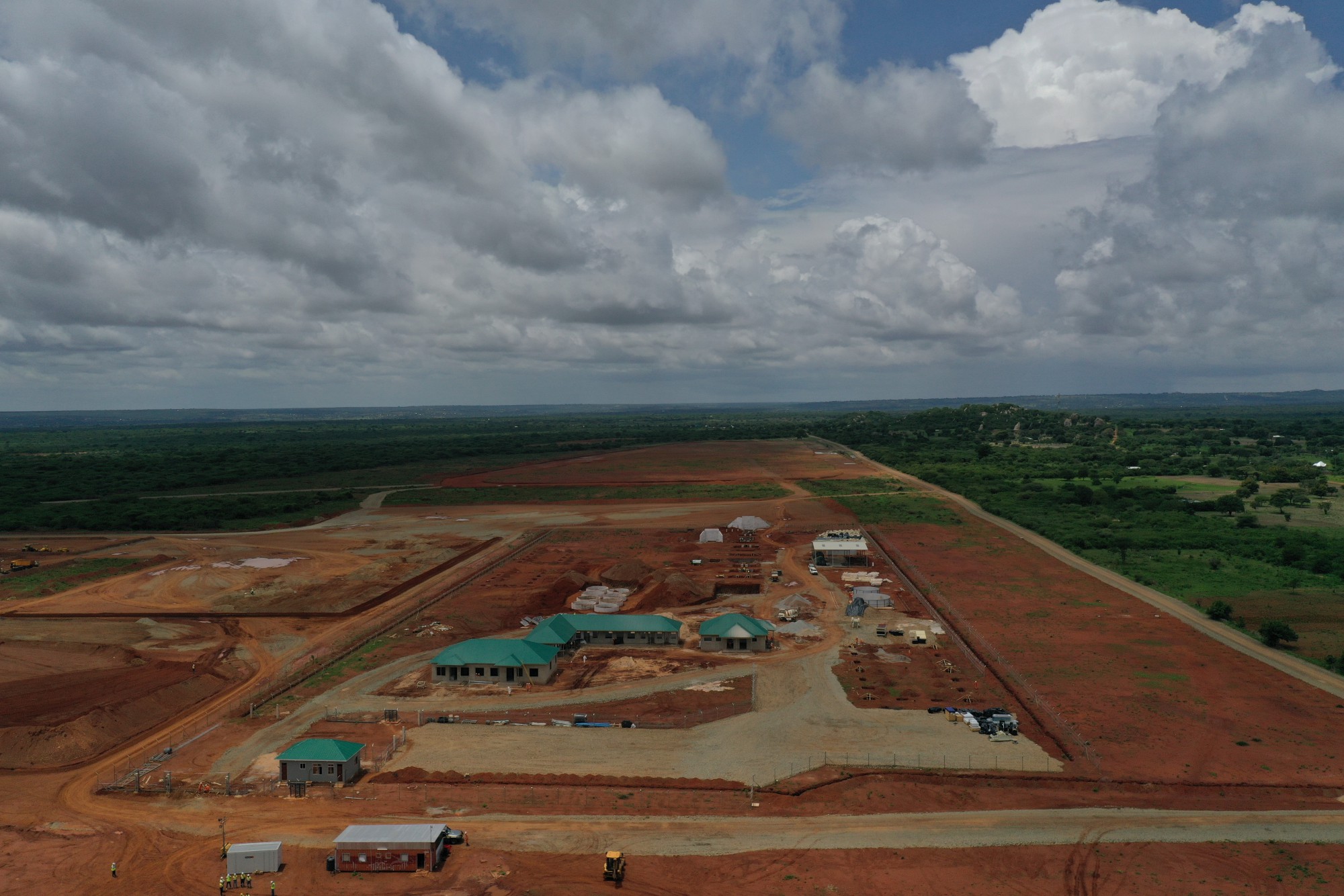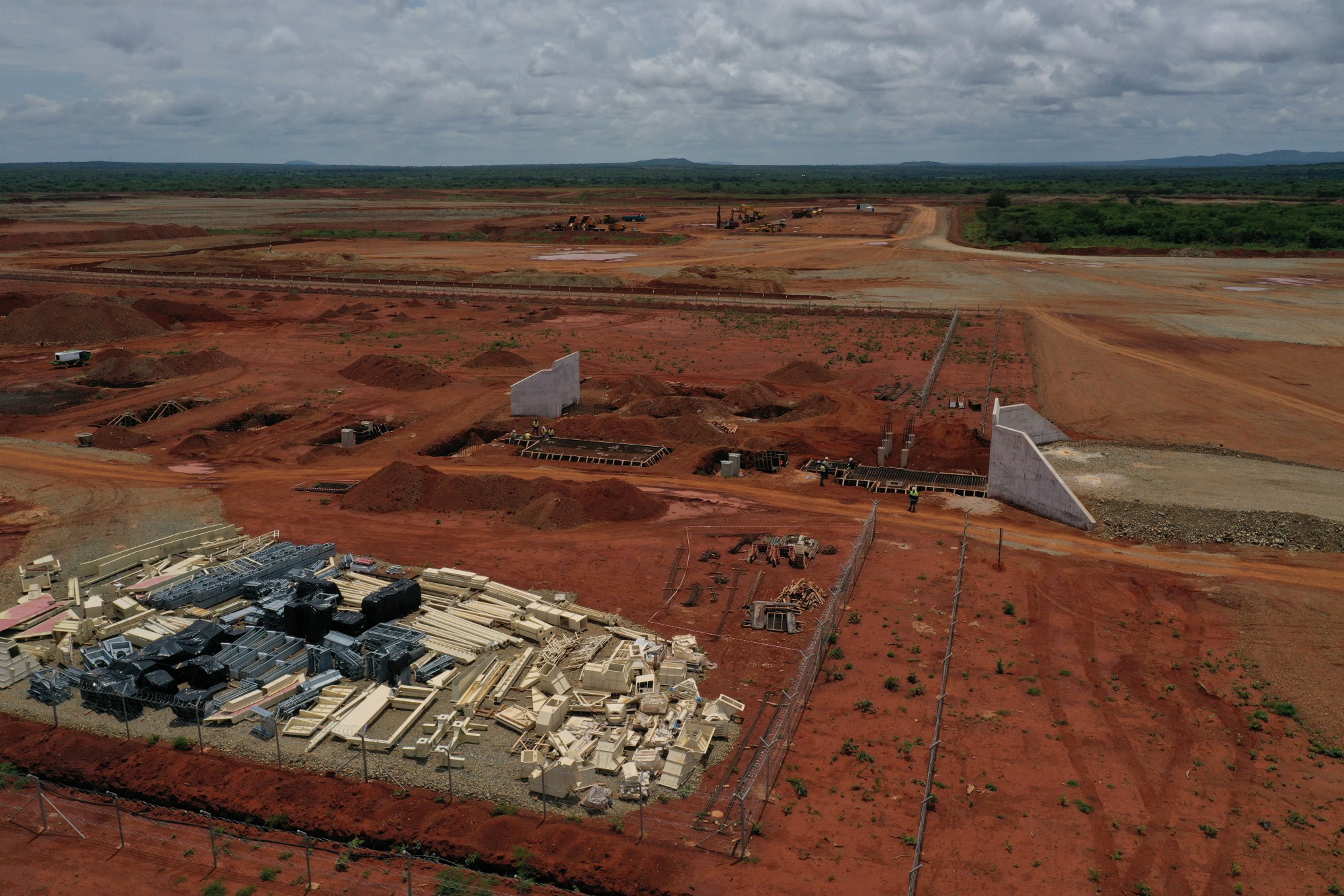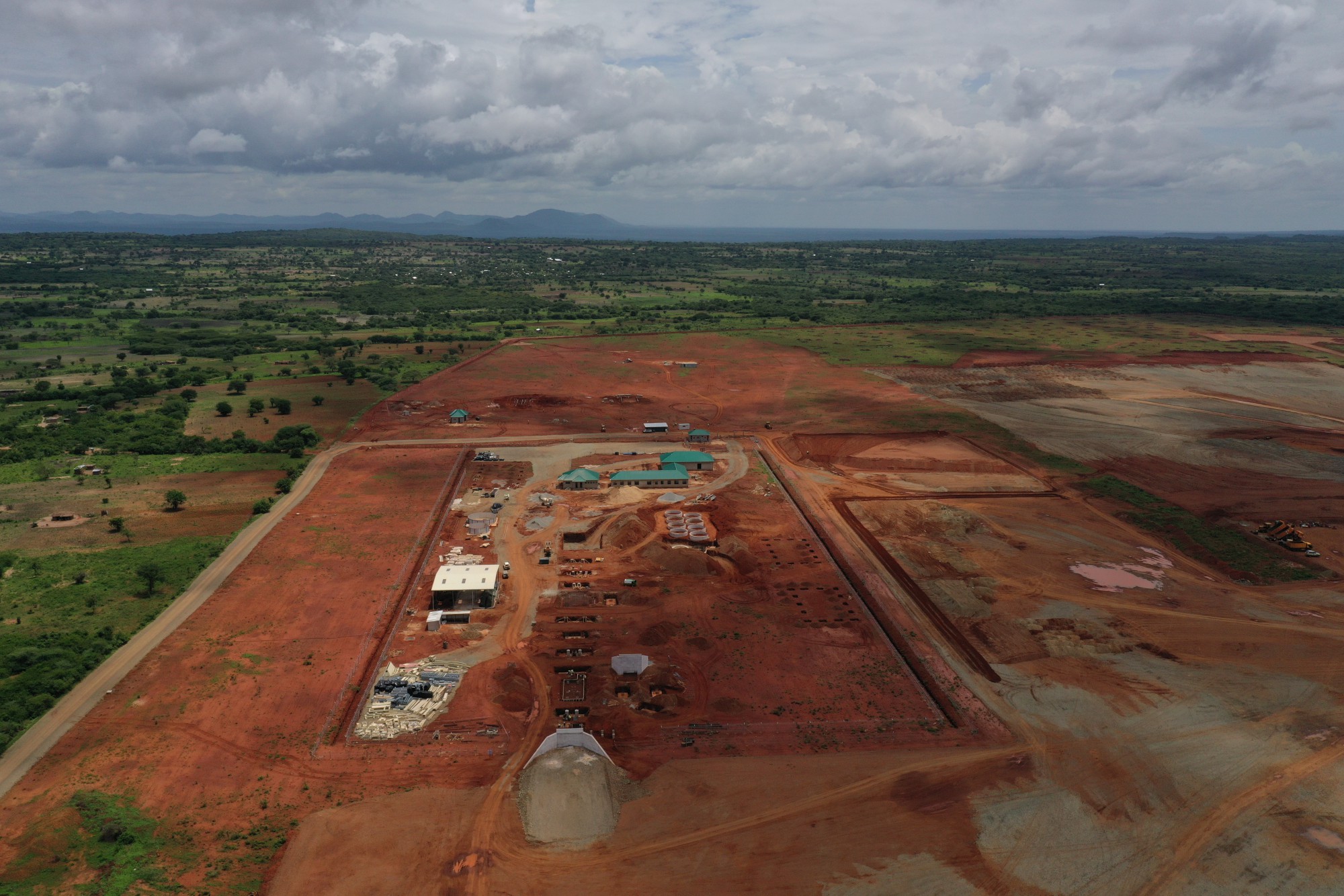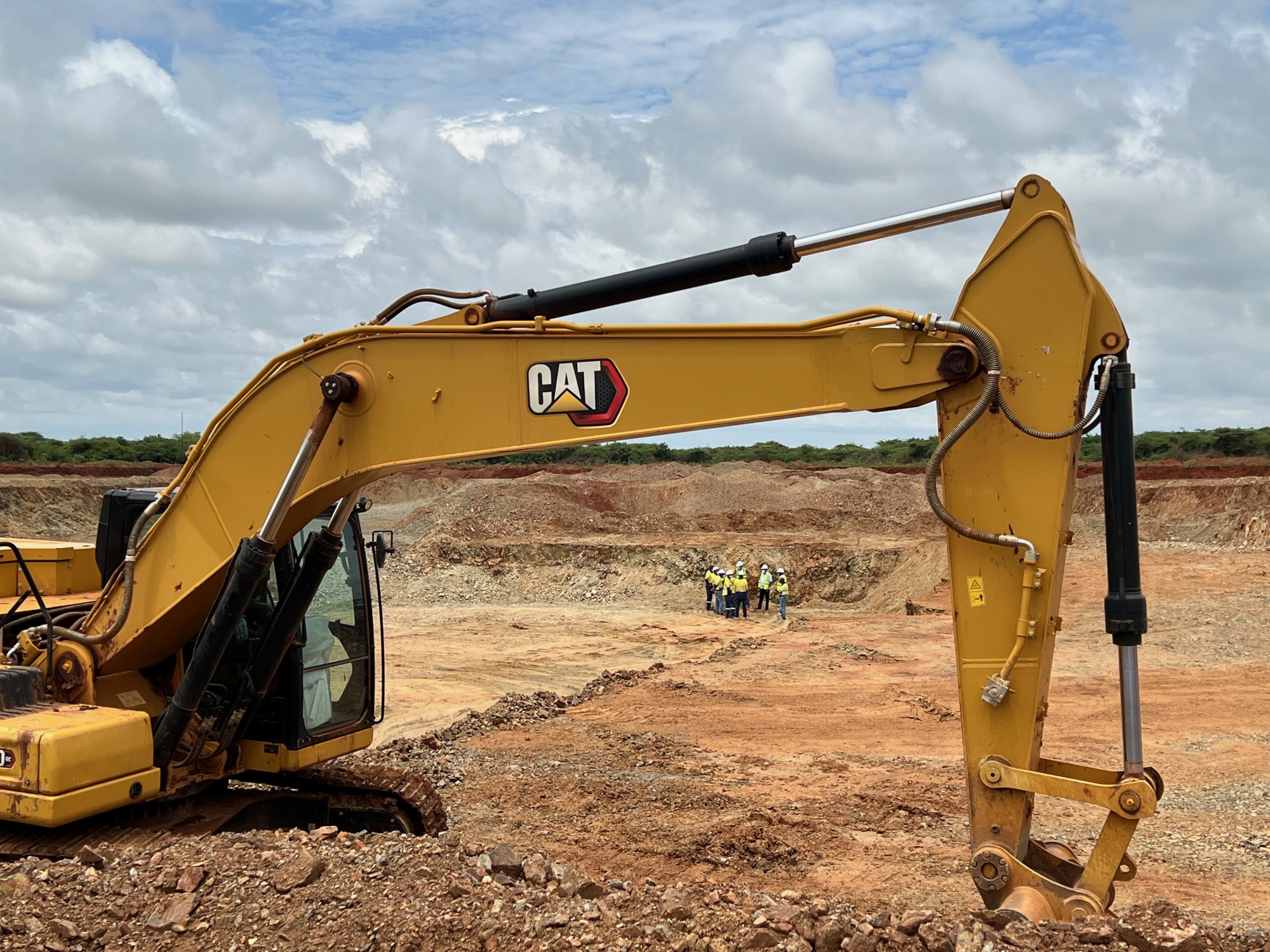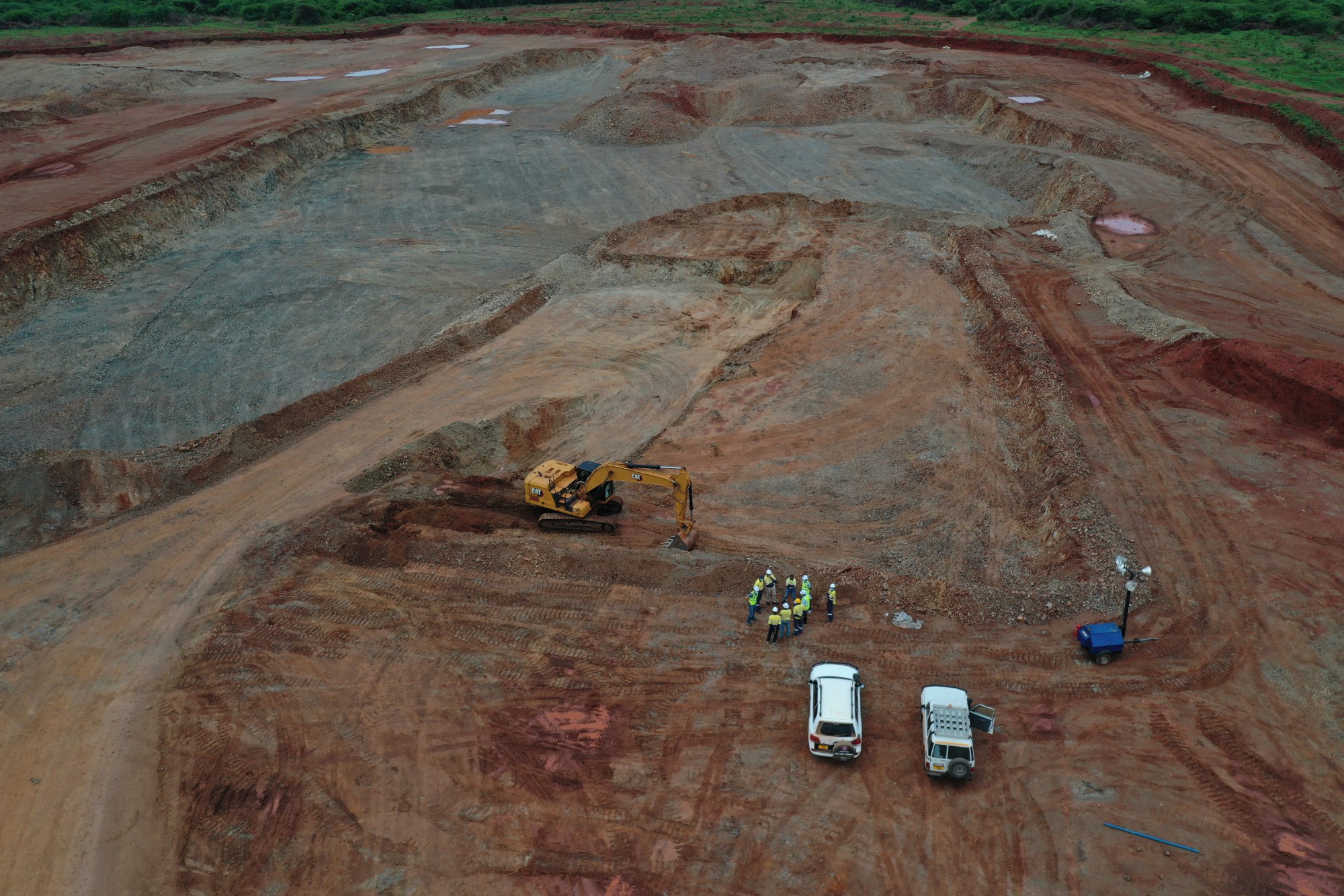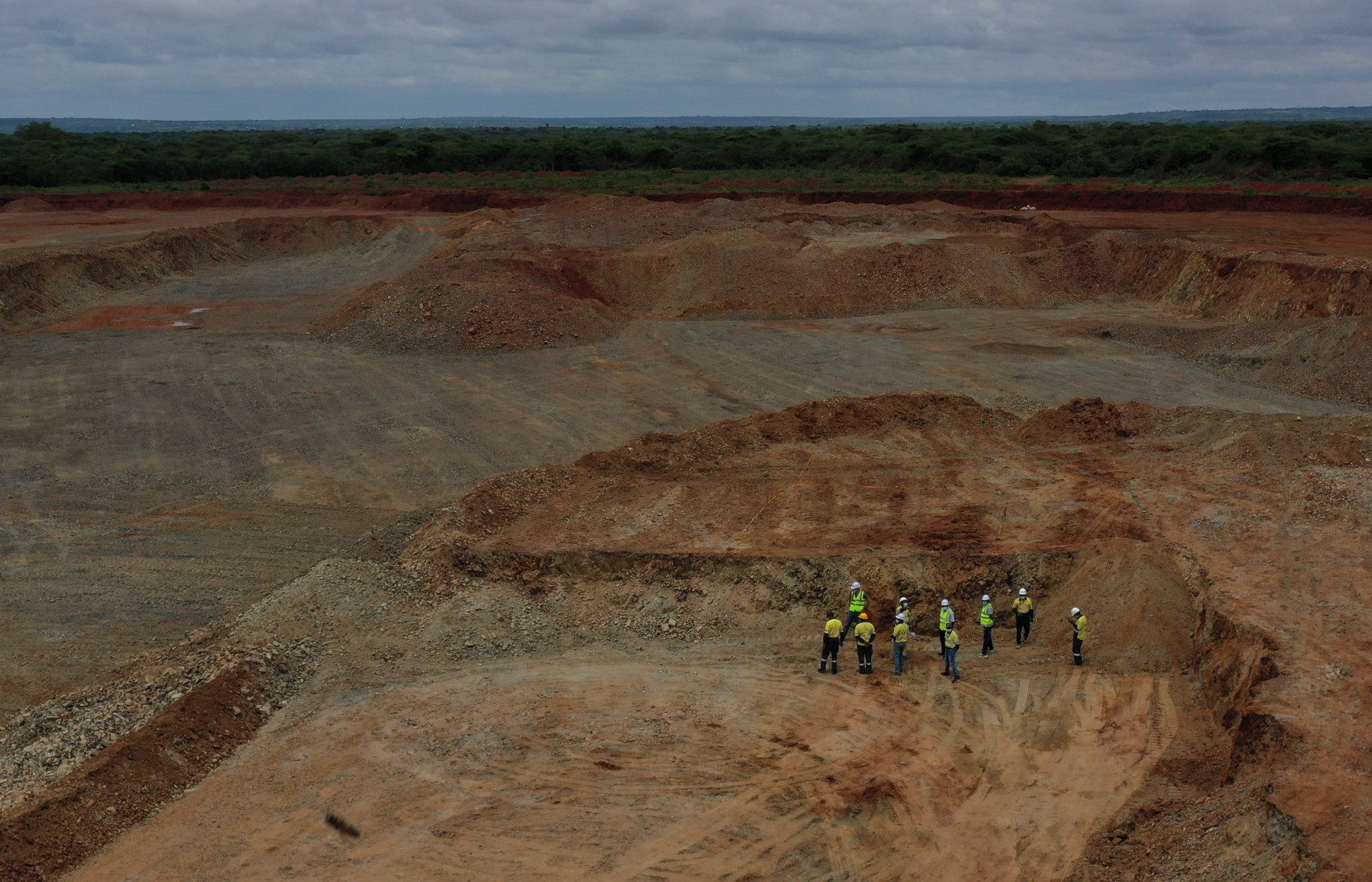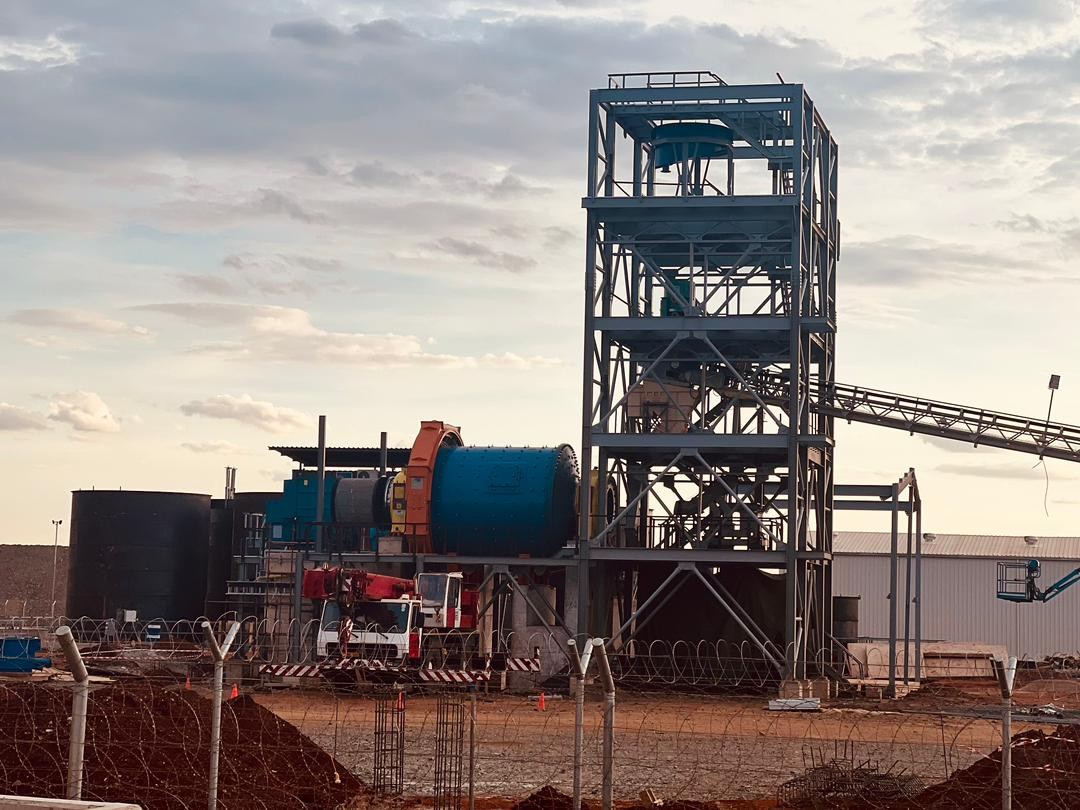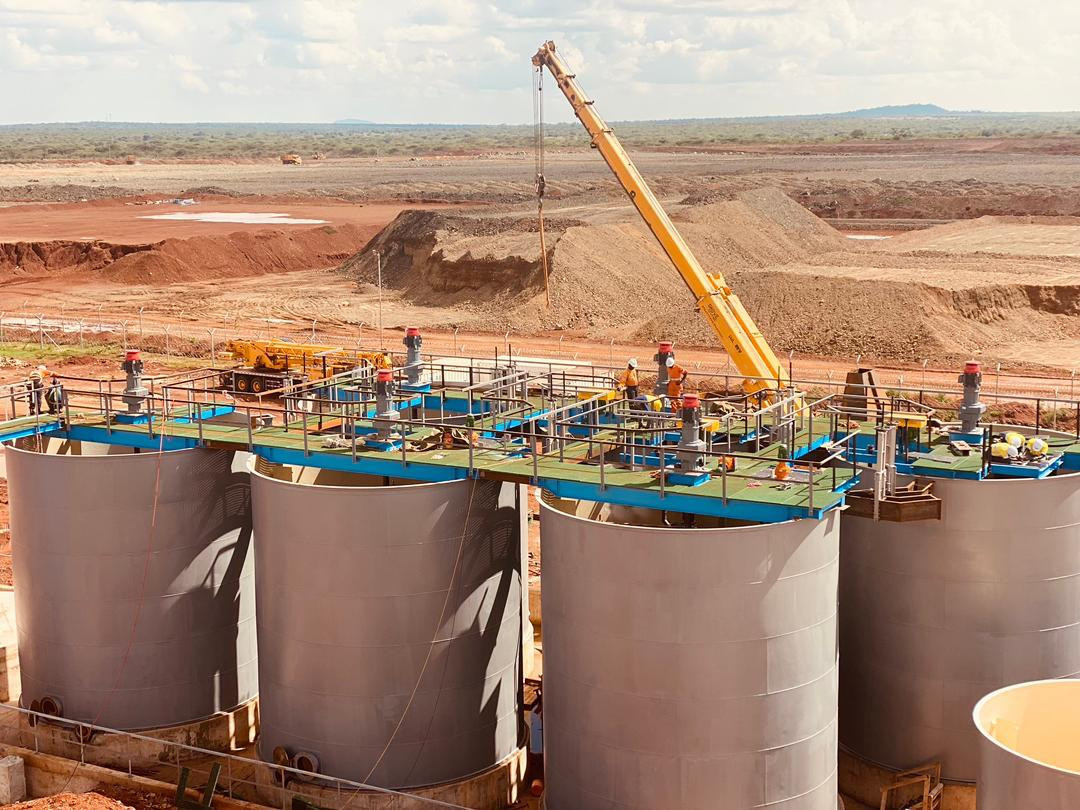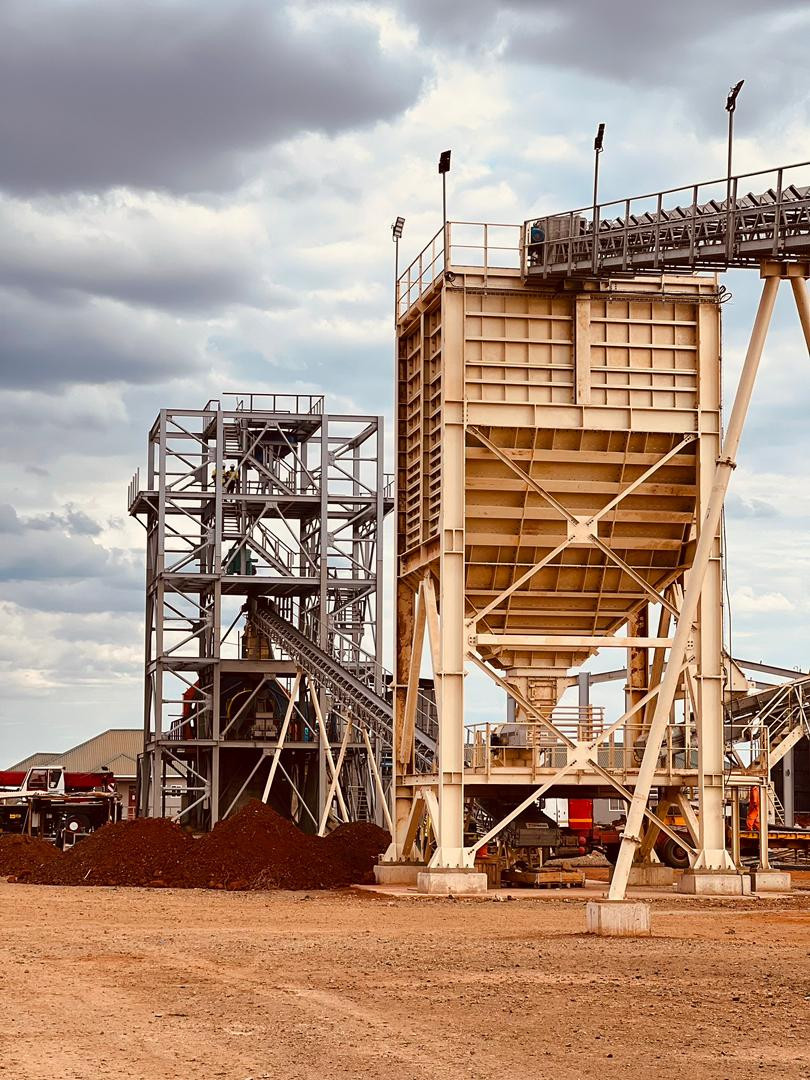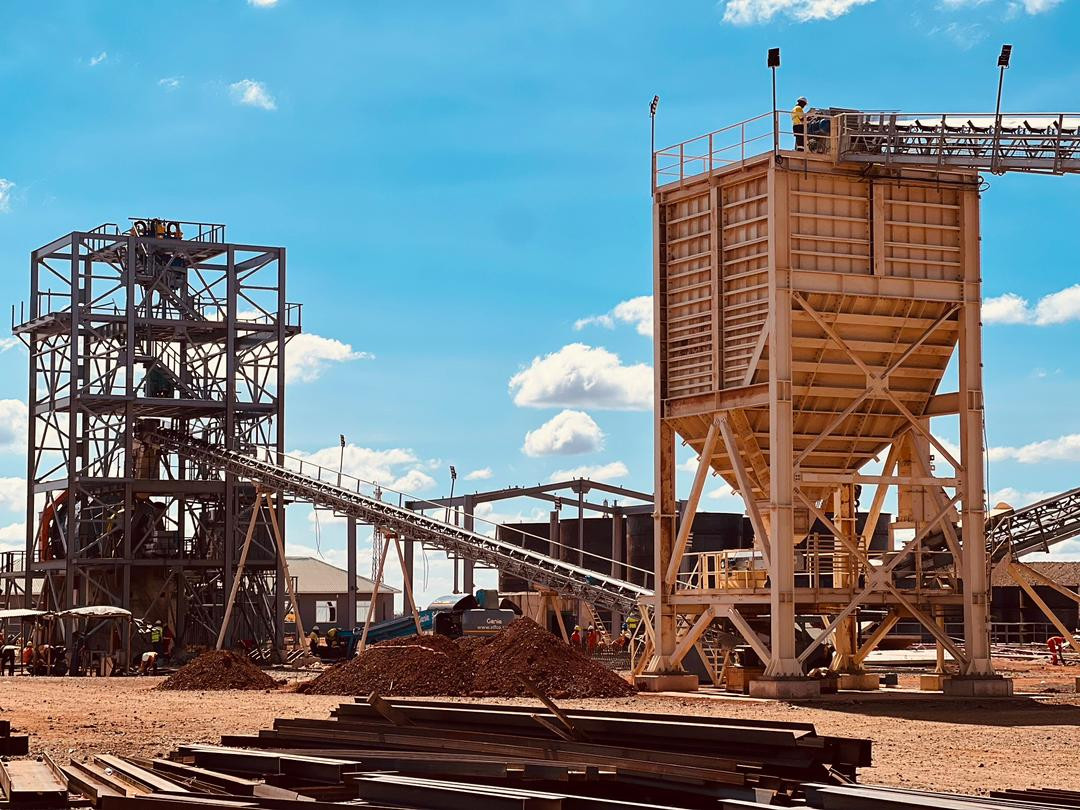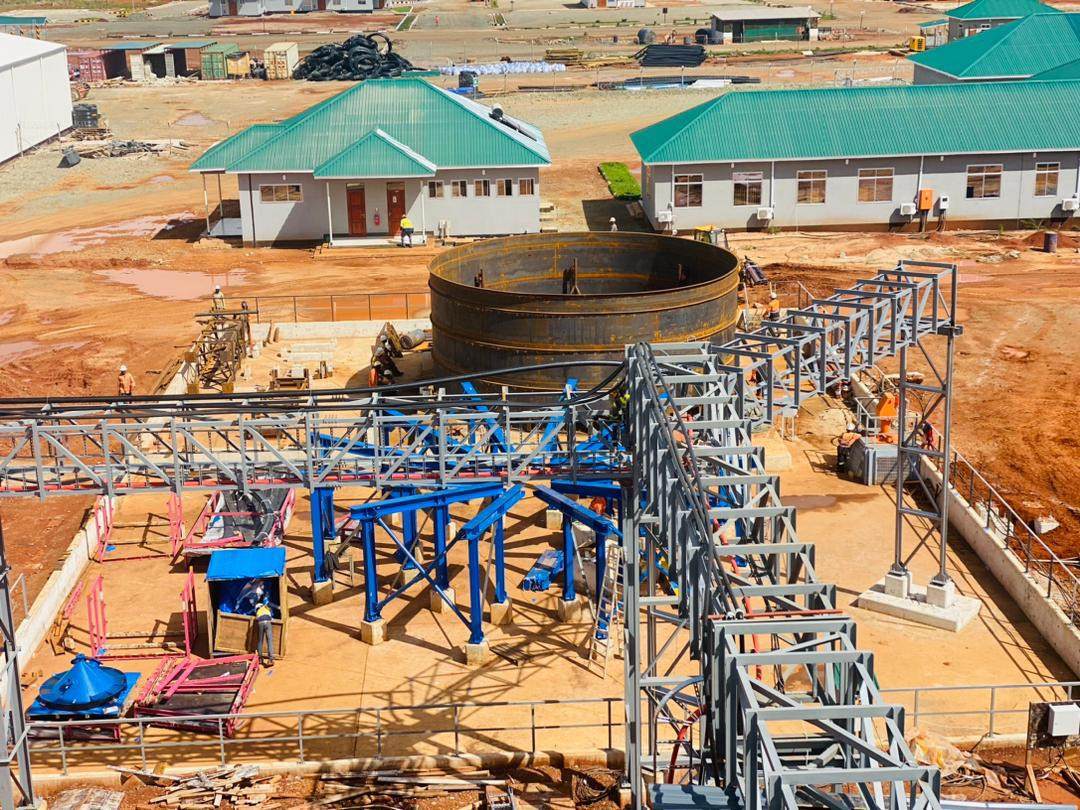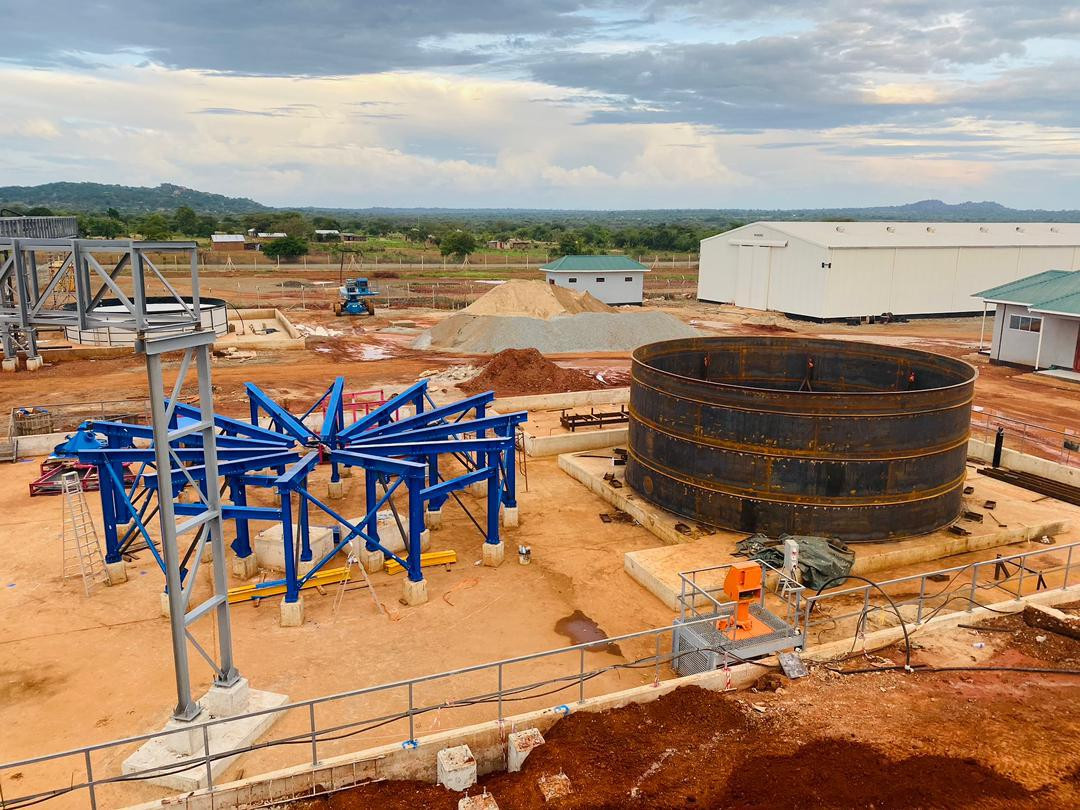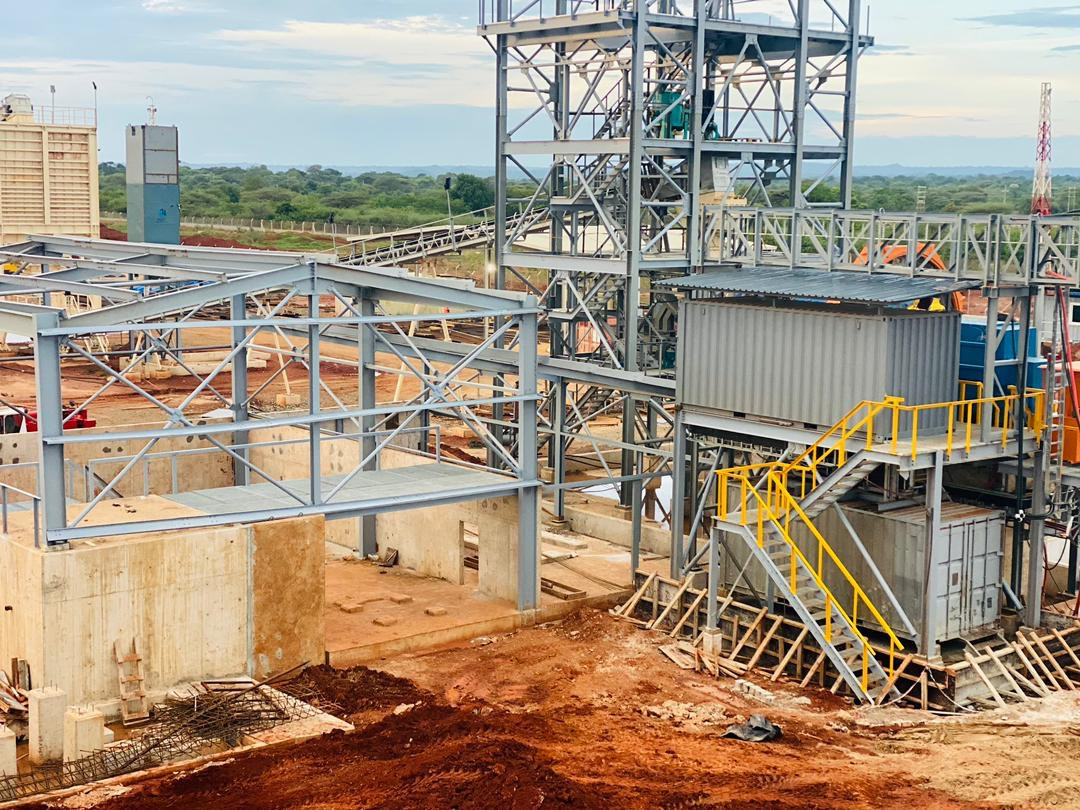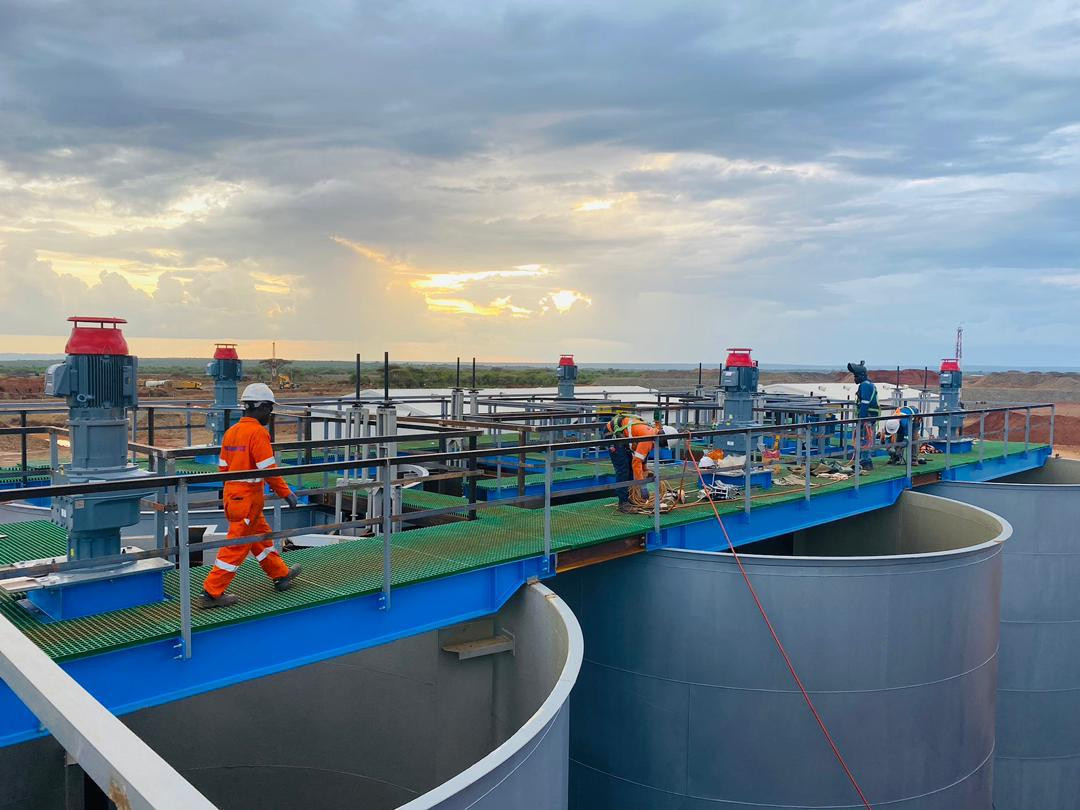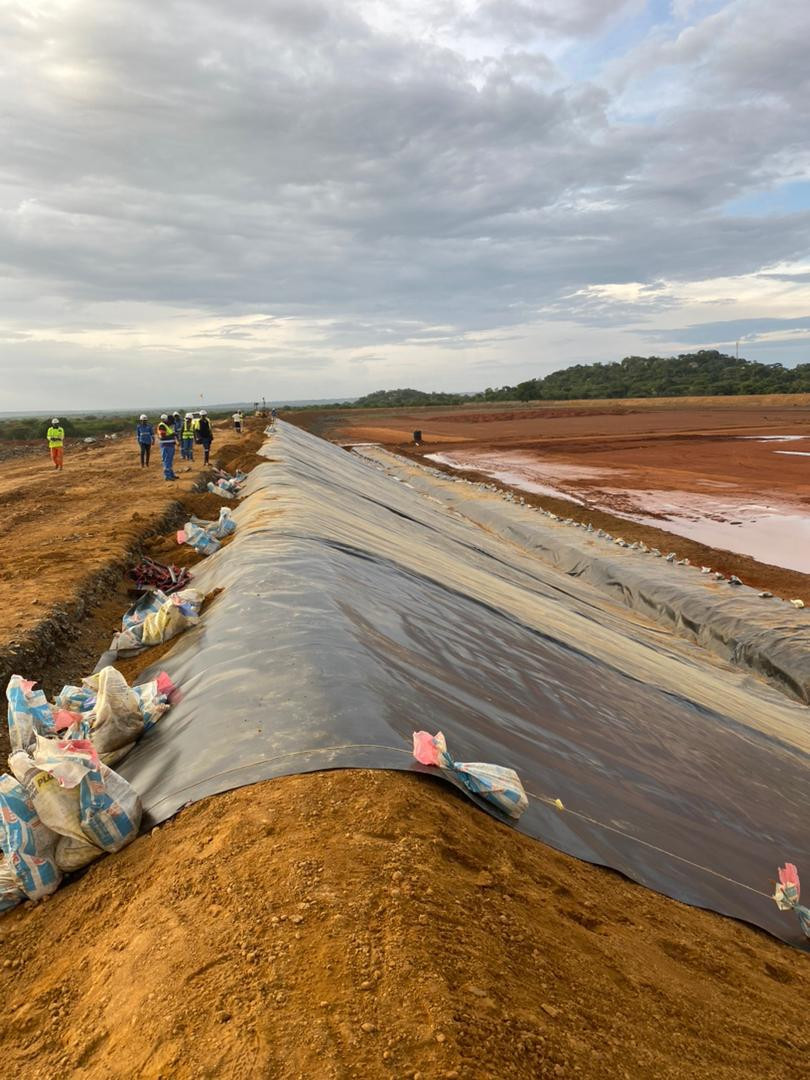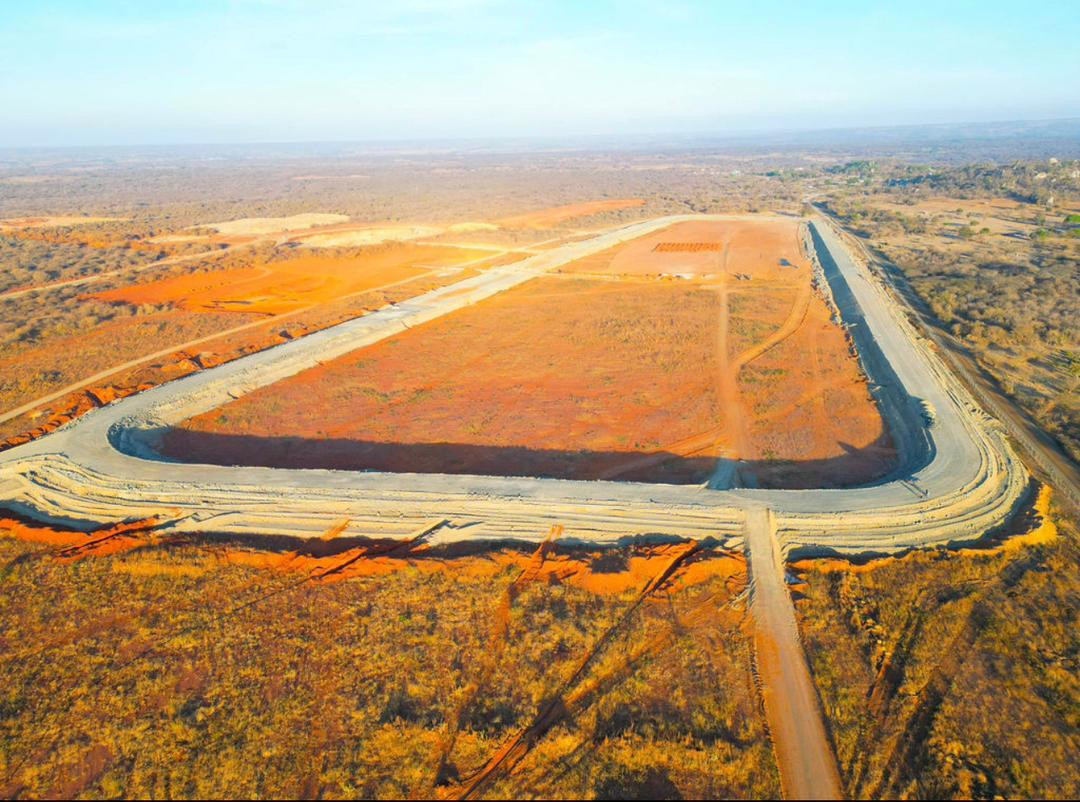Singida Gold Mine
The Singida Gold Mine (“Singida”) is located in the Ikungi District of the Singida Region, Central Tanzania - approximately 620 km west-northwest of Dar es Salaam and 180 km northwest of Dodoma, the national capital. Singida is currently an open-pit mining operation and is recognised as one of the safest gold mining operations among its peers. Following recent resource discoveries, plans are underway to transition Singida into a hybrid operation incorporating underground mining, unlocking further value from the deposit.
Open-Pit Operations – Singida operates on a contractor-mining model, whereby the mining contractor supplies and operates all mining equipment, while Shanta Gold provides technical oversight. This includes responsibility for mine design, mine planning, geological interpretation, and survey support.
Processing – The processing circuit is metallurgically simple and conventional, comprising proven crushing and milling techniques followed by carbon-in-leach (CIL) and gravity gold extraction, which delivers robust gold recoveries of around 95%. A process plant expansion, completed in H1 2025, has doubled mill throughput capacity to 730,000 tonnes per annum. Tailings are managed through a single HDPE-lined tailings storage facility (TSF), designed and constructed in line with global best-practice standards.
Power Supply – Power is sourced primarily from the national grid (TANESCO), with backup provided by two emergency standby diesel generators to ensure operational continuity.
Water – Singida receives its water requirements from various sources namely, multiple permitted boreholes, harvested rainwater, and TSF water recycling.
Exploration and Growth – Since the successful commissioning of the mine in 2023, Singida has launched an aggressive exploration programme that has resulted in a substantial increase in mineral resources. A maiden underground resource has been declared at the Gold Tree deposit, marking a key milestone toward the future underground development of the operation. Additionally, several new prospecting licences have been secured to support long-term growth. Exploration efforts remain ongoing, with the objective of extending the life of mine beyond 2033 and supporting the transition to a blended open-pits and underground operation.
The geology of the Singida area is dominated by the Tanzanian granite-gneiss craton. Poorly exposed greenstone remnants were identified within the granite gneiss terrain during mapping by the Geological Survey of Tanzania (Haidutov 1976). These greenstones comprise an intercalated sedimentary and volcanic sequence with similarities to the Nyanzian Supergroup (System) of the Lake Victoria Goldfields.
The volcanic rocks encountered are predominantly basaltic lava and localised hypabyssal diorite/microdiorite intrusives. Meta-sedimentary rocks consist mainly of metaquartzitic lithologies, with subordinate siltstones, mudstones and banded ferruginous chert also encountered. The orientation of the layering is generally parallel to the basement foliation. Isoclinal folding is also evident.
The Nyanzian lithologies are generally metamorphosed to greenschist- and lower-amphibolite facies with localised occurrences of upper amphibolite grade. Post tectonic granite intrusives are common throughout the area.
Gold mineralisation is associated with penetrative brittle-ductile, steeply dipping, quartz veined shear zones that generally approximate the strike of lithological contacts.
The area south of Singida is exceptionally flat lying with little relief except for the granite intrusives that form prominent tors. Weathered overburden profiles are dominated by Neogene transported pedogenic gravels and related soils. Black Cotton soils (Mbuga) occurs locally.

